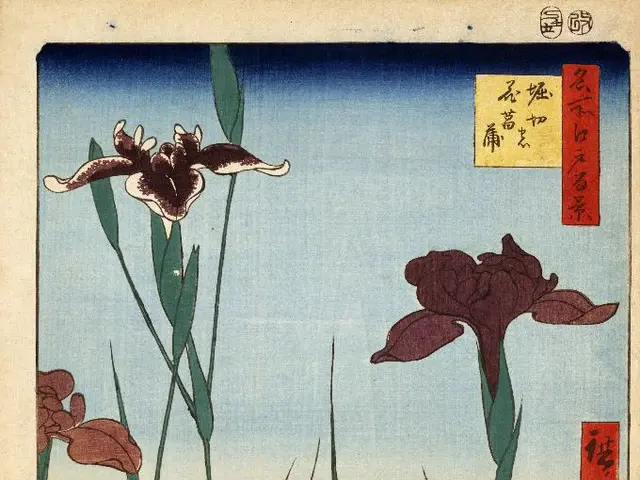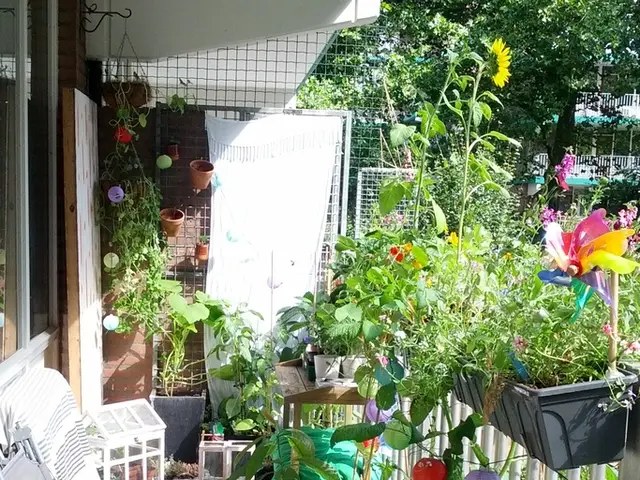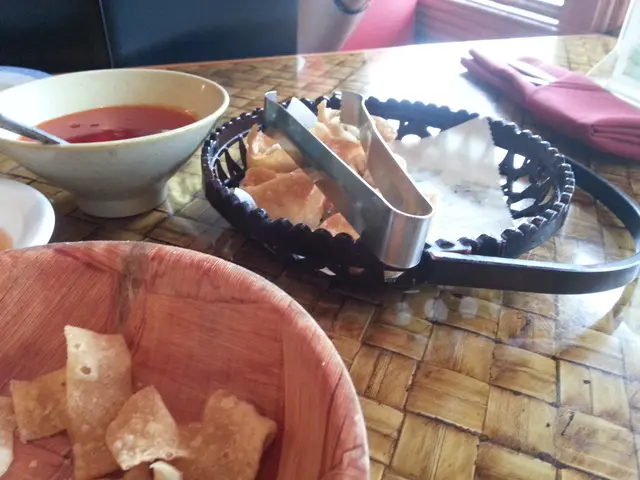Caring for the Tomato Clownfish: A Comprehensive Guide
Vibrant, Feisty Tomato Clownfish: A Saltwater Tank Guide
Ahoy, dear reef keepers! Portraying boldness and striking charm, Tomato Clownfish – the Amphiprion frenatus species – is a show-stopper in the saltwater aquarium sphere. Their deep red hue and distinguished white or gold stripe grab attention, both aesthetic-wise and in terms of their spirited personalities. While they share the familiar allure of clownfish, their feisty demeanor sets them apart as a perfect candidate for larger aquariums. Let's dive in and explore how to care for these energetic aquatic individuals in your humble reef abode!
Home Sweet Home: Tank Requirements
A minimum tank capacity of 30 gallons is recommended, with bigger aquariums helping minimize aggression towards fellow tank companions.
- Rocky Refuges*: Provide ample live rock to foster hiding spots and territories, mirroring their natural reef habitat.
- Anemone or Clownfish Soiree*: An anemone isn't necessary but can host these clownfish – just ensure you research its specific care demands.
- Sand-Washed Scenery*: A sandy substrate resembles their native environment, but clownfish have no specific substrate preferences.
- Lightening Up*: Low to high light intensity will suffice for these formidable clownfish.
Cool, Calm, and Refreshing – Ah, the Water’s Perfect!
Temperature Tango: Engage in a temperature dance between 75°F and 80°F (23°C to 27°C).pH Party: Maintain a stable pH level between 7.7 to 8.5.Salinity Sway: A specific gravity of 1.020 to 1.026.Quality Control: Aim for ammonia and nitrite at 0 ppm, nitrates below 20 ppm and employ high-quality filters, such as a protein skimmer, for optimal water quality.
Gourmet Dining with a Side of Variety
Tastebud Teasers: Tomato Clownfish are omnivores; offer a mix of meaty and plant-based goodies to keep them healthy and vibrant.Bite Sized Portions: 1-2 controlled feedings per day to maintain water quality and keep your fish active.
Life Under the Reef – A Clownfish's Adventure
Tomato Clownfish demonstrate territorial behavior more pronounced than their Ocellaris or Percula kin. While they can coexist with various marine species, careful tank mate selection is vital to maintain a harmonious reef dwelling.
Compatible Tank Mates for Tomato Clownfish:
- Marine Mates*: Tangs, Wrasses, Dwarf Angelfish, larger Gobies, and Blennies can live harmoniously, while avoiding other clownfish species and timid fish.
- Invertebrate Pals*: Cleaner Shrimp, Hermit Crabs, Snails, Urchins, and other common invertebrates are typically safe choices.
- Coral Crush*: Tomato Clownfish can cause irritation to some corals but are reef-safe otherwise.
Life in the Tank: Behavioral Insights
Territorial Takeover: More aggressive than Ocellaris or Percula Clownfish, Tomato Clownfish may fiercely guard territories, especially in smaller tanks.King and Queen: A dominant female (larger) and subordinate male (smaller) maintain hierarchy within the pair.Space for Growth: Due to their aggressive nature, consider a larger tank with ample swimming space and multiple hideaways to minimize territorial disputes.
Health and Maintenance Guardian
Keep a Steady Tap: Perform regular water changes of 10-25%, every 2-4 weeks to maintain water quality.Staying Healthy is a Full-Time Job: Regularly test water parameters and observe for signs of stress, illness, or unusual behaviors like changes in appetite or erratic swimming.
Marine Master: Navigating Common Health Issues
Tomato Clownfish may encounter common ailments such as marine ich, marine velvet, or bacterial infections. Implementing excellent water quality, providing proper nutrition, and keeping your tank stress-free can help prevent most health issues.
Incorporating a home-and-garden touch to their reef environment, Tomato Clownfish owners might consider adopting a pet companion such as a cat or dog to cohabit with the vibrant fish, sharing the same living space and enhancing the overall lifestyle. On weekends, one could enjoy the tranquility of gardening alongside the aquarium setup, creating a harmonious home-and-garden scene for both aquatic and terrestrial pets.






